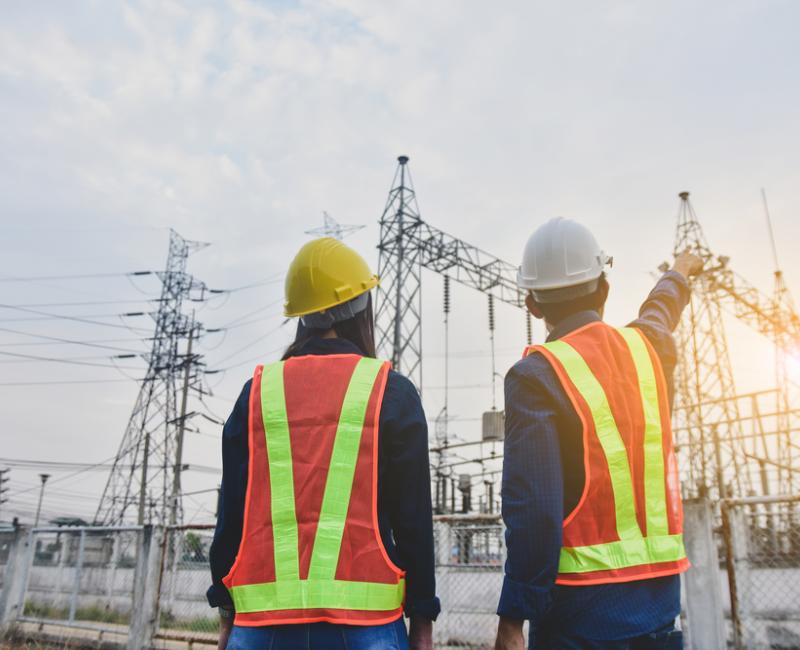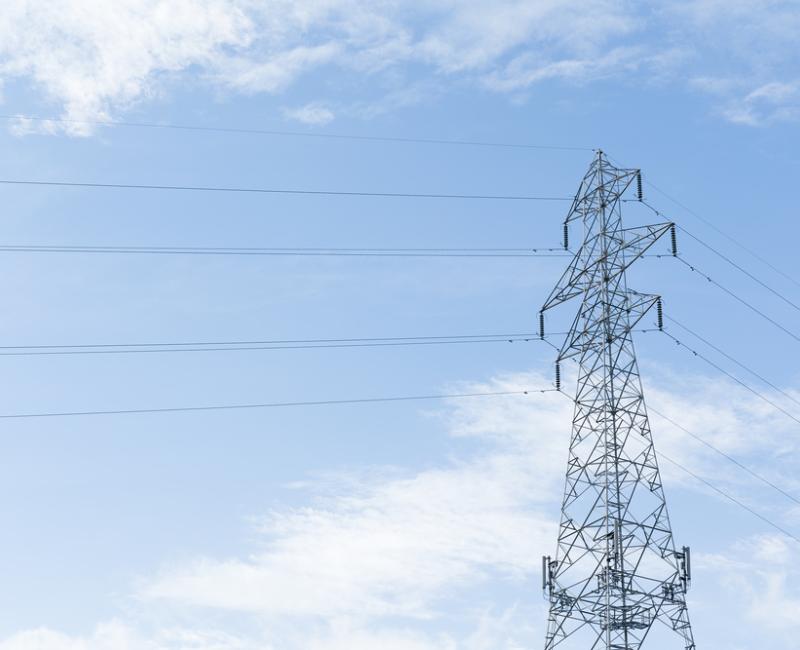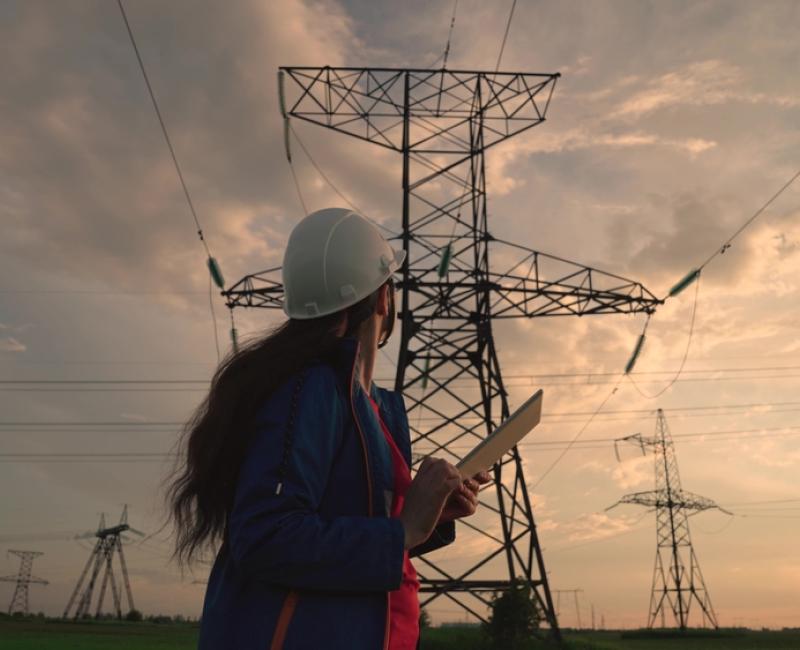ACER to decide on the implementation frameworks for the European balancing platforms

ACER to decide on the implementation frameworks for the European balancing platforms
What is it about?
On 31 March 2022, the EU Agency for the Cooperation of Energy Regulators (ACER) received the proposals submitted by all Transmission System Operators (TSOs) amending the implementation frameworks for the European balancing platforms for the automatic and manual frequency restoration reserve (aFRR, mFRR) and the imbalance netting. The amendment proposals detail the designation of entities performing the relevant functions of these platforms. The proposal on the implementation framework of the mFRR platform also includes technical amendments.
How does ACER contribute?
ACER ensures that the amendments proposed by all-TSOs are in line with the objectives of the Electricity Balancing Regulation and fulfil the legal obligations. ACER also ensures that the different implementation frameworks and the set-up of the European balancing platforms are consistent.
To take an informed decision, ACER will run a public consultation from 16 May until 12 June 2022. ACER will also organise a public workshop on 31 May.
ACER will reach a decision by 30 September 2022.
Access the Public Notice.
What is the benefit?
The implementation frameworks for the European balancing platforms provide the rules for the efficient cross-border exchange of balancing energy from frequency restoration reserves with automatic activation (aFRR) and manual activation (mFRR) and for the imbalance netting.







